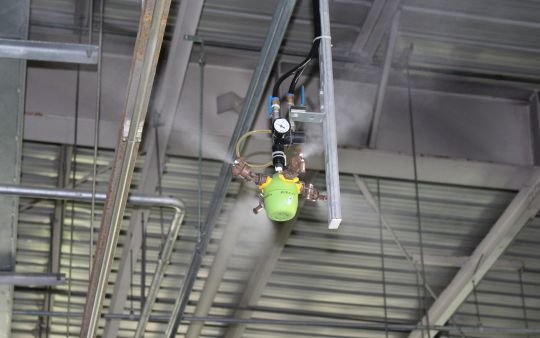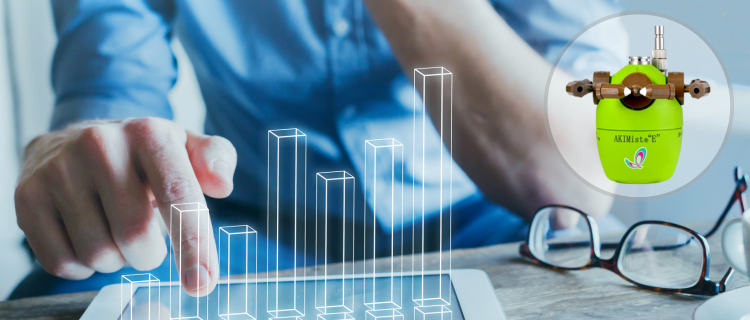
Different Humidification & Installation Methods | Types of Humidification | Premium Dry Fog


Humidity control is no longer a niche concern. It’s a mission-critical variable in cleanrooms, greenhouses, manufacturing plants, and beyond. But when it comes time to justify an upgrade from traditional humidification methods to a smarter, more efficient system like dry fog, the question always comes back to one thing: ROI.
So how do you actually measure the value of improved humidification? Let’s break it down.
Traditional misting and steam systems often over-apply moisture, leading to puddling, runoff, and evaporation losses. In contrast, dry fog produces ultra-fine droplets (less than 10 microns) that evaporate instantly into the air.
Annual water usage (in gallons) × cost per gallon = baseline water spend
Then, compare with a dry fog system where more than 95% of water is used efficiently.
A facility using 1,000 gallons per day at $0.005 per gallon can save over $1,500 per year by reducing water waste alone.
Steam humidifiers rely on heating water, which consumes significant electricity or gas. Dry fog systems operate at low pressure and ambient temperature, reducing energy use considerably.
kWh or therms used per hour of operation × cost of energy = energy cost
Then, compare system runtimes and operating modes.
Customers commonly report 60 to 90 percent energy savings after switching to dry fog.
In industries where humidity directly affects product quality, such as electronics, agriculture, pharmaceuticals, and food, even small variances can lead to big losses.
Defect rate × product value = cost of quality issues due to poor humidity
Preventing even one major product recall or quality failure could pay for an upgrade many times over.
Traditional systems often require:
Dry fog systems are typically fully automated and low maintenance, with fewer moving parts and longer service intervals.
Annual hours of labor × technician rate + cost of parts or replacement
Many users report a 50 to 70 percent reduction in maintenance time after switching to dry fog.
Water and energy efficiency do not just save money. They also help meet sustainability goals and regulatory standards. From LEED certification to ESG benchmarks, smart humidification supports compliance.
Smart humidification with dry fog technology may seem like a niche investment, but when you quantify the total impact across water, energy, product quality, labor, and compliance, the numbers speak for themselves.
Many facilities report saving over 80 percent in energy costs, improving yields, and eliminating the need for daily manual checks. These operational improvements make a compelling case for upgrading to a more efficient and reliable system.
If you are ready to put numbers to your air and make humidity work for your bottom line, it might be time to make the switch.
